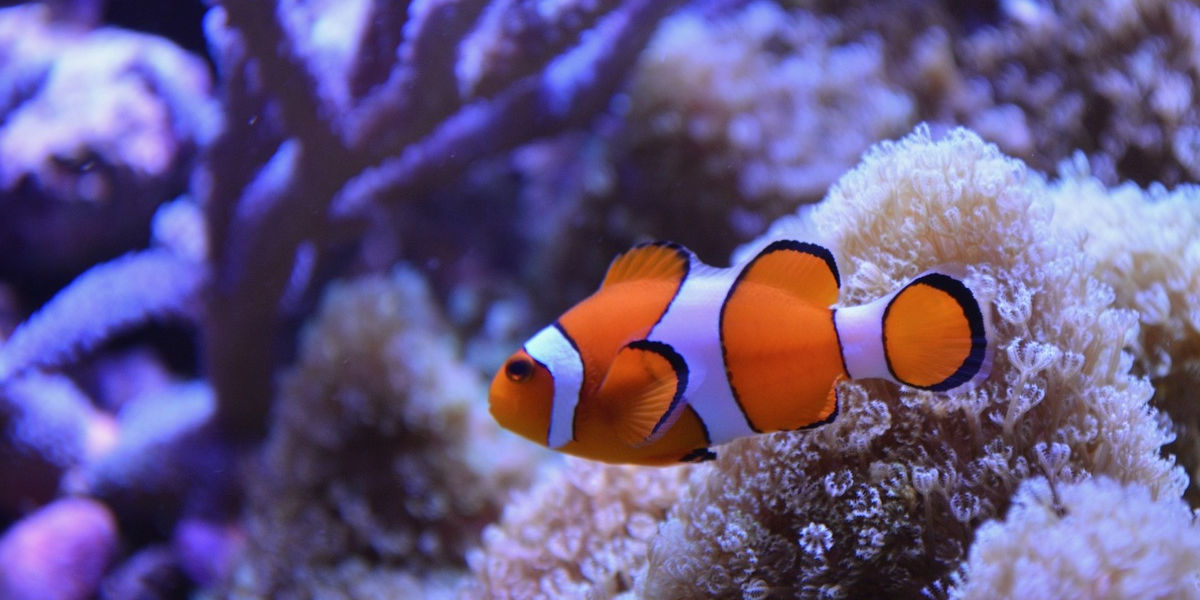Our blue planet is filled with wonders, some well-known, others yet to be discovered. Among these fascinating curiosities are a collection of species with extraordinary abilities — the fish that change gender. Arguably one of the most interesting aspects of marine life involves the unique mating strategies and fascinating reproductive tactics of the underwater inhabitants. Sequence hermaphroditism, a less-known phenomenon where an individual changes its sex during its lifetime, makes the world of fish even more intriguing.
Setting the Stage: Can Fish Really Change their Gender?
Contrary to popular belief, sex changes aren't exclusive to science fiction or mythology. In the diverse world of aquatics, this incredible transformation takes place in certain species of fish. But how valid is this claim? Can fish really change their gender? It might seem perplexing to most of us, but this gender-bending phenomenon is a standard survival strategy among some fish species.
The process depends on a collection of biological and environmental factors, including the fish's age, social structure, and the population dynamics of their species. These diverse variables determine when the fish will change its sex and to what sex it will change.
Demystifying Sequential Hermaphroditism: An Underwater Phenomenon
Scientifically termed as sequential hermaphroditism, this extraordinary biological phenomenon refers to species changing their sex at some point after reaching maturity. It's an intriguing adaptation that assists specific fish species in maximizing their reproductive success. Interestingly, this transformation can happen in any direction — a male can become female, a female can become male, or even multiple times.
In a nutshell, there are three primary types of sequential hermaphrodites among fish. Protogynous hermaphrodites are born as females that can later become males (like the wrasses), protandrous hermaphrodites start life as males and can shift into females (like our well-known friend, the clownfish), and finally, bidirectional hermaphrodites are capable of changing sex back and forth (as seen in some gobies).
Clownfish and Sequential Hermaphroditism: A Prominent Example
If you're familiar with the heartrending animated movie 'Finding Nemo', you would have unknowingly encountered the sex-changing clownfish. These distinctive orange and white fish possess a captivating reproductive system, intertwined with sequential hermaphroditism.
Part of a group called anemonefish, clownfish are protandrous hermaphrodites, meaning they first dawn the role of a male and later morph into a female when necessity dictates. In clownfish colonies, there's a clear hierarchical structure, usually consisting of a breeding pair and several non-breeding males. If the matriarch female dies, the dominant male metamorphoses into a female to take the throne.
The unparalleled adaptability of these species presents nature at its wildest, showcasing the fluidity of life forms and widening the scope of our understanding of the natural world.
Nature's Rules Reimagined:
Under the sea, many species of fish challenge our conventional understanding of gender and reproductive roles. It is a world where the strict binary classifications of male and female become fluid, sometimes even changing from one moment to the next. How animals reproduce typically remains a fixed aspect in many species, but gender-bending fish are known to defy this axiom.
An Evolutionary Strategy:
Sex change, or sequential hermaphroditism, is a common biological adaptation among fish. It occurs when a primary sexual organ of a fish changes into the opposite sex during some stage in its life cycle. This phenomenon is driven by an individual species' reproductive strategy, responding to social cues, population ratios, or simple environmental changes.
The advantage of sequential hermaphroditism is evolutionary. If one gender's population is reduced due to predation or other factors, remaining fish of the opposing sex can change their gender, ensuring that all individuals have a chance to reproduce and propagation of the species.
A Closer Look at the Players:
Clownfish, famously known from Disney’s “Finding Nemo”, are one such species that exhibit sex change. Clownfish live in a strict hierarchy with the largest fish as the dominant female, one breeding male, and several non-breeding males. If the dominant female dies, the alpha male will change their sex to take her place, revealing an incredible flexibility with their reproductive roles.
Anemonefish, parrotfish, and wrasses are other exemplary gender-benders. These species begin life as females and become males later on, often when there is an absence of dominant males in their community.
Beyond Fishes:
Although this phenomenon is indeed fascinating, it is not exclusive to the underwater world. Certain species of reptiles, amphibians and invertebrates also exhibit sex reversals. Yet, it is the undersea world which has the most dramatic examples of these gender-bending wonders, creating an intricate web of life known to few.
More than just a quirk of nature, this sex-swapping behaviour underlines the vast biodiversity of our oceans, suggesting remarkable resilience and adaptability among its residents. It challenges our fixed ideas about sex and gender roles, stirring us to think beyond the conventional, and explore the extraordinary workings of mother nature.
Conclusion:
The science behind fish swapping sexes is still not well-understood, with many intriguing aspects awaiting further research. It serves as a remnant example of nature's limitless creativity and adaptability. Understanding these unique sexual transitions can provide valuable insight into how life evolved on Earth and continues to thrive against the odds.




